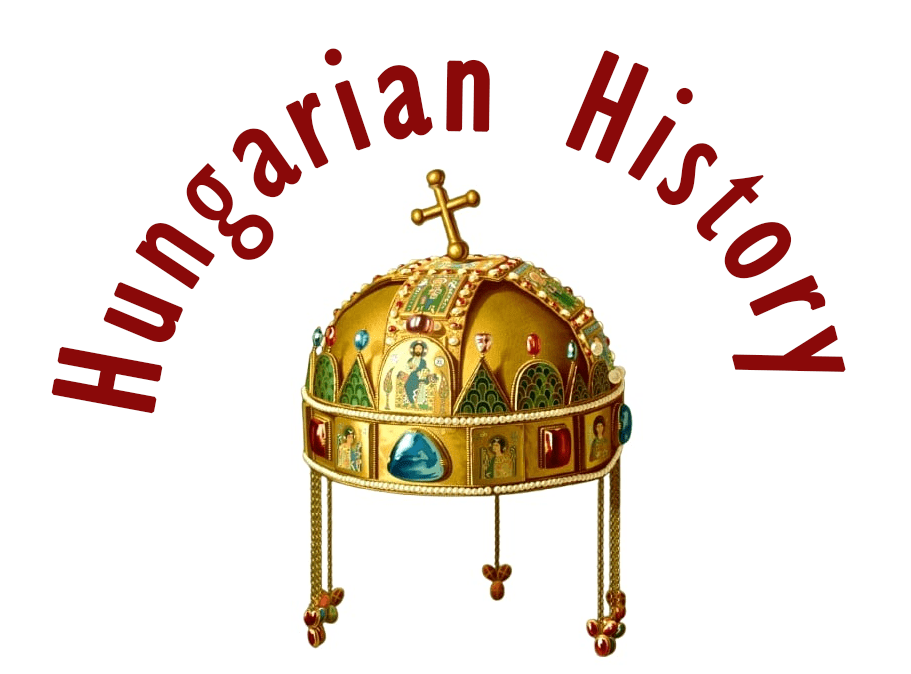Kisvárda

Kisvárda is located in the eastern part of Hungary. It was between the Transylvanian Principality and Royal Hungary so it has become a strategic place, it was in the middle of a war zone, threatened by the troops of the Habsburgs, the Transylvanians, and the Ottomans alike. Enjoy the reconstructional video of the Pazirik Studio:
Kisvárda’s first ground fort was made by the Hungarians of the home-taking Chief Árpád in 895 AD. However, the brick castle’s building was allowed only in 1400 but it was started only in 1465.

The outer moat was finished in 1521. During the Dual Kingship, the owner Várday family supported King Szapolyai János and kept the castle against King Ferdinand until Lord Várdai Mihály changed sides. Changing sides was quite typical in that period, landlords never knew whose king was stronger, or whose soldiers could protect them better. Anyway, Lord Várday switched his loyalty only after five of his brothers died in the war.
Fráter György, the Jesuit statesman and the bishop of Várad (now Oradea), took the castle back in 1544 by force. Fráter György aka the White Monk was the biggest supporter of the Szapolyai clan. He gave the fort back to Várday Mihály only in 1551.

Yet, the castle was in the hands of Habsburg Ferdinand before the time of the birth of the Transylvanian Principality, in 1556. Báthory István (later Transylvanian prince and Polish king) tried to take the castle by siege in 1558, unsuccessfully. His army was chased away by the troops of Telekessy Imre, the captain of Kassa (Kosice, Kaschau) city.
The next Várday offspring managed to beat back the army of King János Zsigmond in 1564. After this, the castle was significantly improved between 1565-70. It was Ottavio Baldigara, the Italian military architect who built out the new fortification between 1580-85. Few know that most of the first Renaissance forts were built on the Hungarian Borderland.

After the Várday family, the Telegdy and Szolnoky, later the Nyáry and the Melith families owned it. The castle had changed hands many times in the 16th century. Balassa Bálint, the famous Hungarian renaissance poet and warrior used to stay there in the 16th century.

The last constructions were carried out in the 1630s and 1640s by Lord Nyáry István. The castle was inhabited by the members of the above-mentioned families during the 17th century, often they lived together. The rebel “kuruc” troops of Thököly took the castle without a fight in 1672. The Habsburgs took it back in 1685 but it was largely empty in 1687.

The “kuruc” soldiers of Prince Rákóczi Ferenc occupied it in 1703 and held it until the end of the anti-Habsburg freedom fight was put down in 1711. then, the military function of the castle disappeared and the walls began to crumble…

Dear Readers, I can only make this content available through small donations or by selling my books or T-shirts:
Please, feel free to support me with a coffee here:
You can check out my books on Amazon or Draft2Digital, they are available in hardcover, paperback, or ebook:
https://www.amazon.com/dp/198020490X or at https://books2read.com/b/boYd81

My work can also be followed and supported on Patreon: Become a Patron!http://Become a Patron!


























